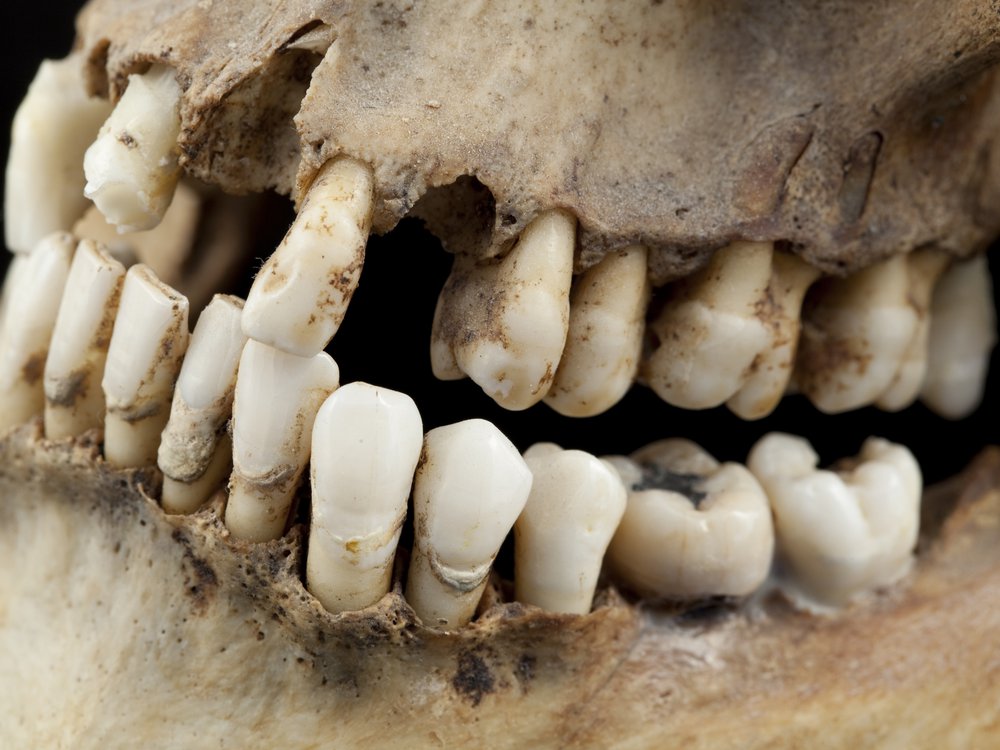Genetic Research On Teeth Proves That Native Americans Did Not Come From Japan
After examining the ancient teeth of Japanese and Native American ancestral groups, scientists found no close relationship.

Until now, researchers suspected that Native Americans were related to the Jomon from Japan alive about 15,000 years ago. Archeological studies of various findings across these two landmasses also suggested the same thing back then.
However, new genetic research on teeth and physical analysis skeletons of both populations show that this is unlikely, according to Harry Baker, Live Science. A peer-reviewed study published by PaleoAmerica shows that these first Americans are closer to East Asians from Siberia than Jomon.
G. Richard Scott, professor of Anthropology at the University of Reno in Nevada and an expert on the study of human teeth, leads the charge for writing that “the Jomon were not directly ancestral Native Americans.” to Live Science. According to him the researches and new findings indicate that the Jomon’s actually might have a close relationship to Pacific groups than East Asian or Americans.
Scientists initially came up with this conclusion after looking at stone tools (including arrowheads). The relationship between these two groups was also confirmed by the similar archaeological records from Japan and North America dating back 15,000 years.
This study, however, strongly disapproves of that assumption. Brooks Hays from UPI reported that researchers analyzed skeletons from both areas and compared genetic data for teeth to determine if the populations were genetically and biologically different.
Scott released a statement saying that “We found that human biology simply does not match up with the archaeological theories.”
Researchers analyzed thousands of teeth from archaeological digs across the Americas, Asia, and Pacific Islands for this study. The researchers took measurements, made comparisons, and then used an algorithm to determine the probability of the teeth being from the same place based on their morphological characteristics.
Scott tells UPI that a doctoral student from Portugal created the program.
Analysis revealed a clear difference in the Jomon’s teeth and the teeth of the earliest inhabitants of North America, commonly referred to as First Peoples. Scientists did, however, find some similarities between the ancient Siberian population and Indigenous Americans.
“This is especially evident in the distribution of maternal/paternal lineages which do not overlap between early Jomon and American populations,” Dennis O’Rourke (a geneticist and professor of anthropology at The University of Kansas) said in a statement.
Wishtoyo Chumash Foundation
Ceremonial Gathering and Exchange with Ainu Representatives of Hokkaido, Japan
For information on the origins of individuals, scientists looked at the structure of teeth to determine their source. Genetic research has shown that dental morphological patterns can be used to determine origin and lineage.
Scott tells UPI that a change to the environment doesn’t cause a change in dental anatomy. You can’t invent your dental morphology, but you can develop similar artifact designs.
Researchers also highlighted a recent New Mexico discovery where fossilized human feet from 23,000 years ago were found. Scott calls this “definitive evidence” that people lived in North America before Jomon settled into Japan.
Sources: Bigworldtale , smithsonianmag
Also read about 3000-year-old Skeleton Is Oldest Shark Attack Victim Ever Found
